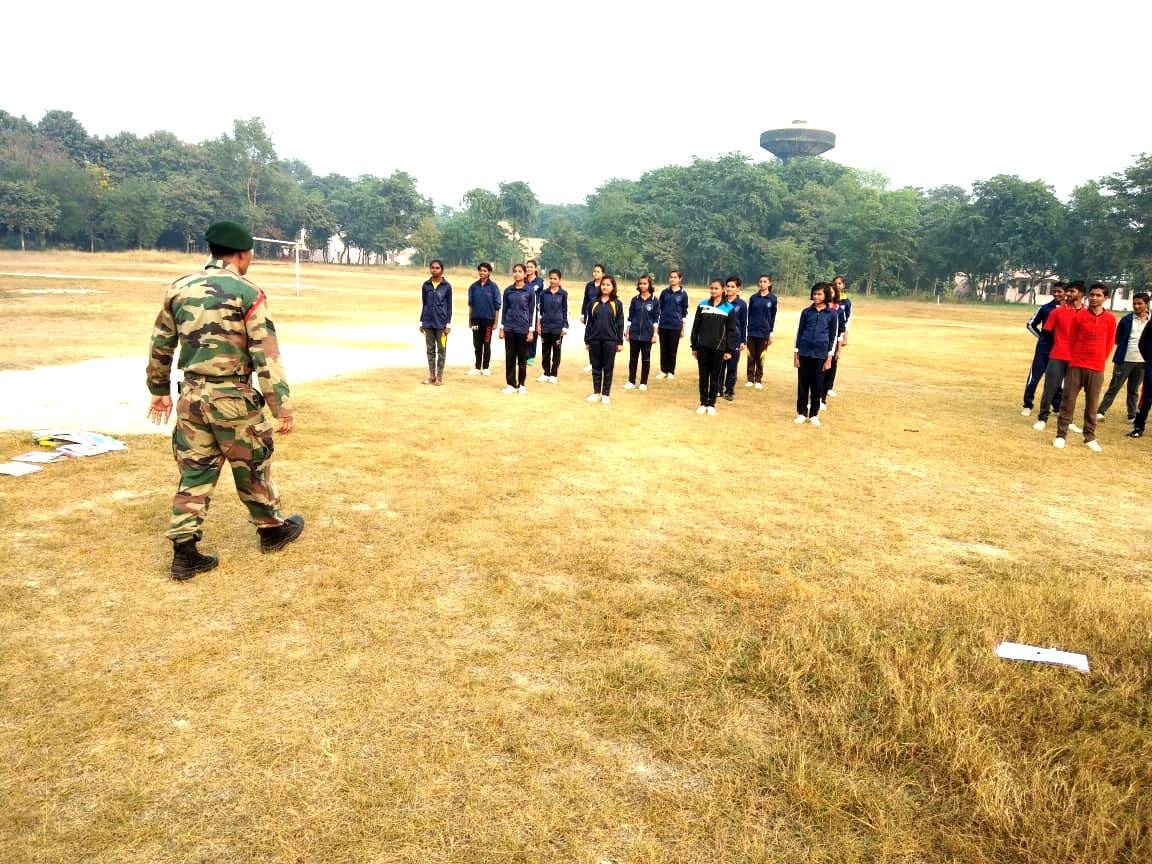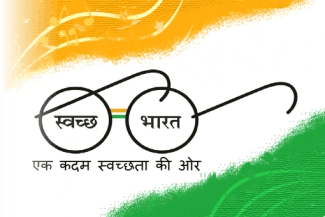National Cadet Core
History
The NCC in India was formed the National Cadet Corps Act of 1948. It can be traced back to the ‘University Corps’, which was created under the Indian Defence Act 1917, with the objective to make up for the shortage in the Army. In 1920, when the Indian Territorial Act was passed, the ‘University Corps’ was replaced by the University Training Corps (UTC). The aim was to raise the status of the UTC and make it more attractive to the youth. The UTC Officers and cadets dressed like the army. It was a significant step towards the Indianisation of armed forces. It was rechristened as UOTC so the National Cadet Corps can be considered as a successor of the University Officers Training Corps (UOTC) which was established by British Government in 1942. During World War II, the UOTC never came up to the expectations set by the British. This led to the idea that some better schemes should be formed, which could train more young men in a better way, even during peace. A committee headed by H N Kunzru recommended a cadet organisation to be established in schools and colleges at a national level. The National Cadet Corps Act was accepted by the Governor General and on 15 July 1948 the National Cadet Corps came into existence.
In 1948, the Girls Division was raised in order to give equal opportunities to school and college going girls. The NCC was given an inter-service image in 1950 when the Air Wing was added, followed by the Naval Wing in 1952. In the same year, the NCC curriculum was extended to include community development/social service activities as a part of the NCC syllabus at the behest of Late Pandit Jawaharlal Nehru who took keen interest in the growth of the NCC. Following the 1962 Sino-Indian War, to meet the requirement of the Nation, the NCC training was made compulsory in 1963. In 1968, the Corps was again made voluntary.
During Indo-Pakistani war of 1965 & Bangladesh-Pakistani war of 1971, NCC cadets were the second line of defence. They organised camps to assist ordnance factories, supplying arms and ammunition to the front and also were used as patrol parties to capture enemy paratroopers. The NCC cadets also worked hand in hand with the Civil defence authorities and actively took part in rescue works and traffic control.
After the 1965 and 1971 wars, the NCC syllabus was revised. Rather than just being a second line of defence, the revised NCC syllabus laid greater stress on developing qualities of leadership and officer like qualities. The military training which the NCC cadets received was reduced and greater importance was given to social service and youth management.
NCC Motto And Aim
The discussion for motto of NCC was started in 11th central advisory meeting(CAD) held on 11 August 1978. At that time there were many mottos in mind like "Duty and Discipline"; "Duty, Unity and Discipline"; "Duty and Unity"; "Unity and Discipline". later, at the 12th CAD meeting on 12 Oct 1980 they selected and declared "Unity and Discipline" as motto for the NCC. In living up to its motto, the NCC strives to be and is one of the greatest cohesive forces of the nation, bringing together the youth hailing from different parts of the country and moulding them into united, secular and disciplined citizens of the nation.
Organisation
The NCC is headed by a Director General with the rank of Lieutenant General.
He is assisted by two Additional Director Generals (A and B) of two-star rank (major-general, rear-admiral or air vice-marshal). Five Brigadier level officers and other civil officials also assist him. The Headquarters is located in Delhi. The organisational structure continues as follows:
- Directorate – There are 17 Directorates located in the state capitals headed by an officer of the rank of a Maj Gen from the three Services.
- Division/ Regimental Corps – There are 3 such Specialised Corps located in Mumbai, Delhi and Bangalore respectively. They are independent of the state directorate and report to the HQ. These divisions form the support function of the regular NCC. Each is headed by a Senior Under Officer- an equivalent rank of (Lt.) General. Internal Affairs, Administration, Development and Research: Lt. Gen. [SUO] Arvind Shekhar (New Delhi). Recruitment, Training, Media and HR: Lt. Gen. [SUO] Prithvi Pant Negi (Mumbai). Special Forces, Infantry, Gallantry Committee & Commendations: Lt. Gen. [SUO] Bhav Salimath (Bangalore).
- Group – Depending upon the size of the state and growth of NCC in the states, Directorates have up to 14 Group Headquarters under them through which they exercise their command and control of the organisation in the state. Each group is headed by an officer of the rank of Brigadier or equivalent known as Group Commander.
- Battalion- Each NCC Group Headquarters control 5–7 units(Bns) commanded by Colonel/Lt.Col or equivalent.
- Company – Each Battalion consists of companies which are commanded by the Associate NCC Officer(ANO) of the rank of lieutenant to major.
In all there are 96 Group Headquarters in the country who exercise control over a network of 684 Army wing units (including technical and girls unit), 69 Naval wing units and 61 Air Squadrons. There are two training establishments namely Officers Training School, Kamptee (Nagpur, Maharashtra) and Women Officers Training School, Gwalior. Besides this Vice Chancellor's of various universities across India are conferred with honorary rank of commandant in NCC, to promote and support NCC in their respective University.
Units
These 17 directorates are divided in total of 814 units divided in three service groups Army, Naval and Air. Out of those 684 are Army, 69 Naval and 61 Air units
NCC AT SCHOOL LEVEL
NCC Cadet are taking training under the care ship of Mr. B.K.Tiwari (PET). In this vidyalaya JD/JW group started in oct.2019. Presently 33 Boys and 17 Girls are selected as cadet and they are doing their drills regularity under the guidance of P.I from NCC wing Gonda.


